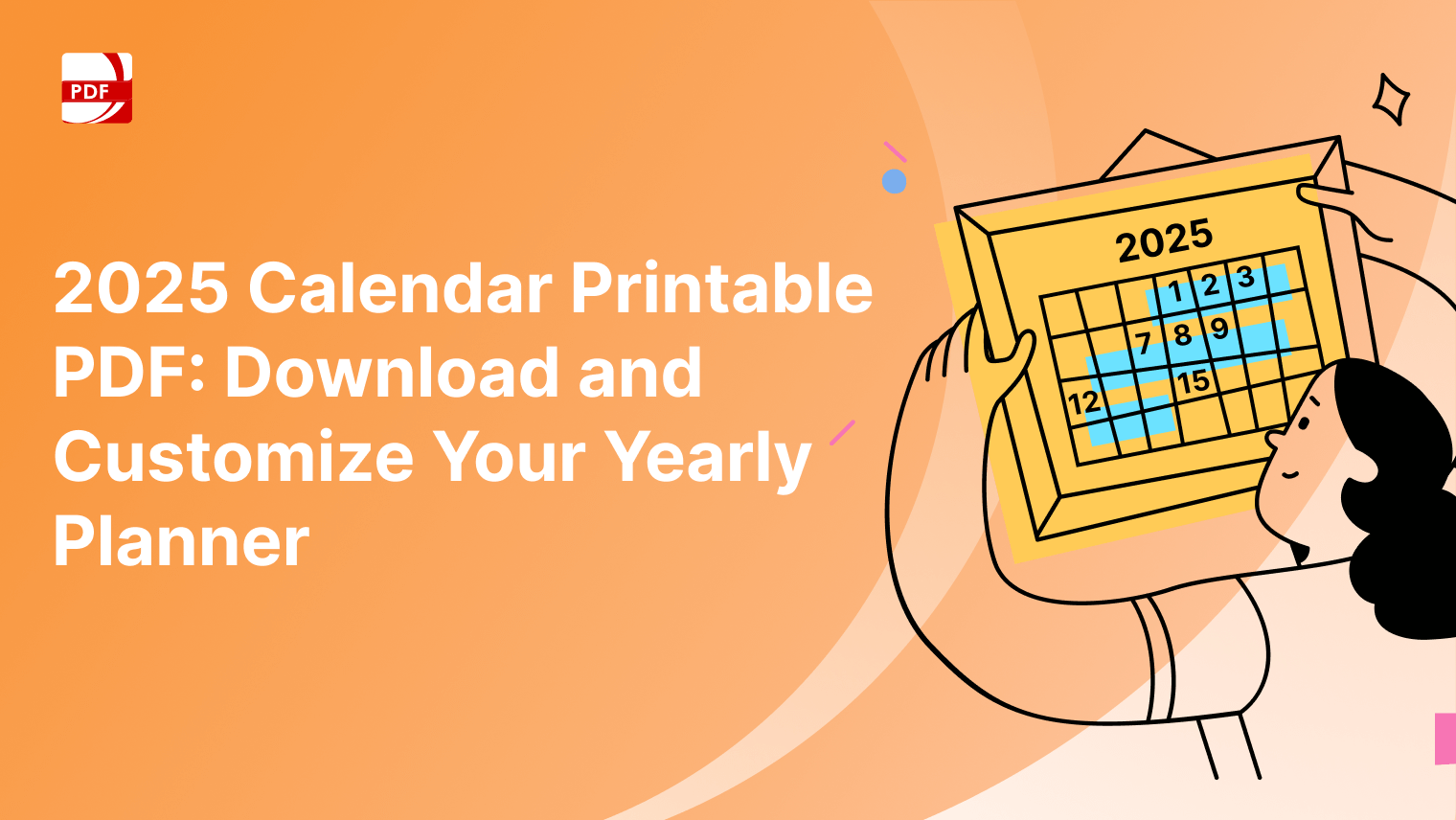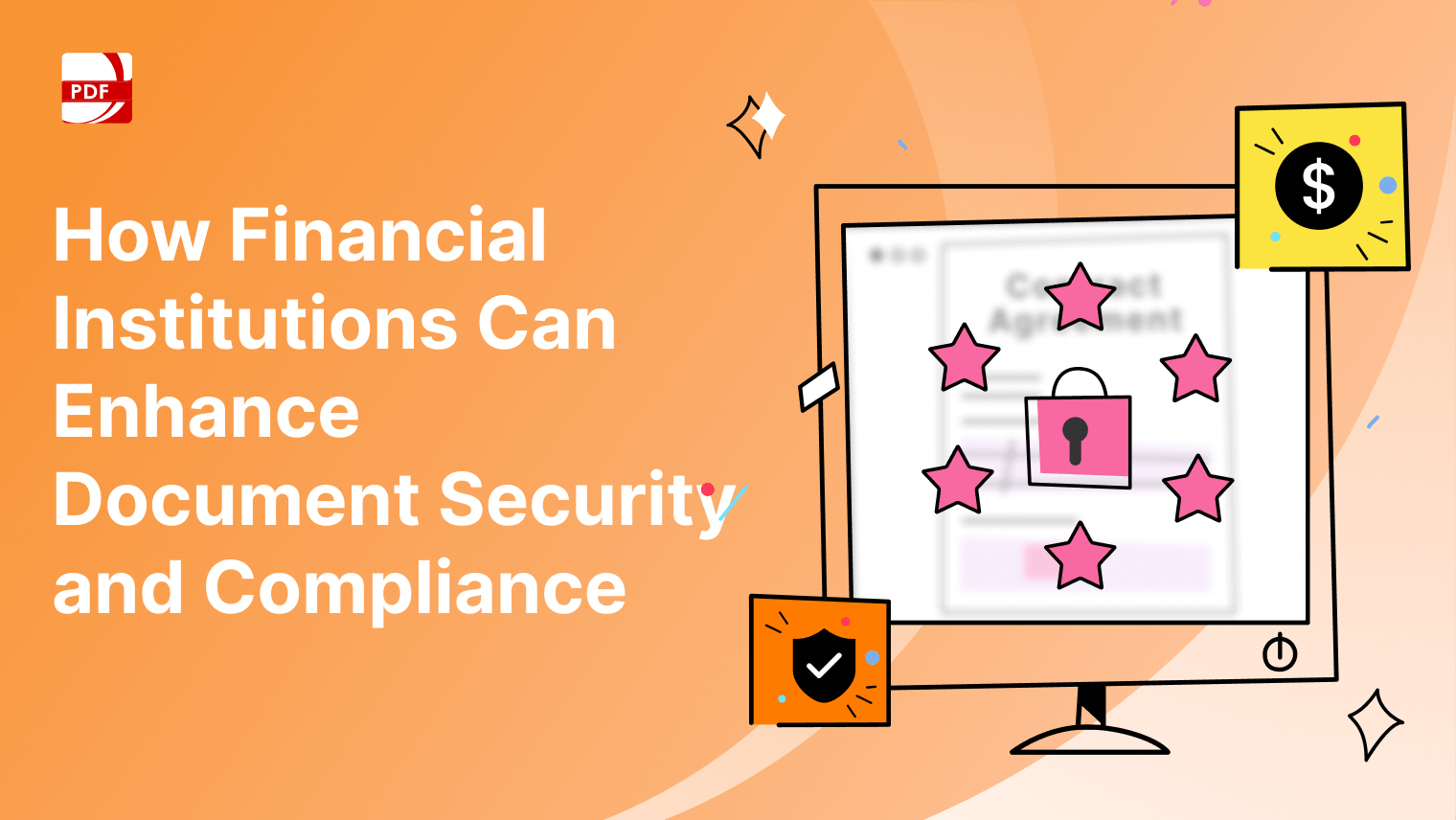Hybrid learning, a blend of online and in-person instruction, has become a pivotal educational model in today’s diverse learning landscape.
It harmonizes the strengths of both remote and in-person teaching methodologies to offer a dynamic learning experience.
This guide explores how to enable effective hybrid learning for educators and institutions.
Understanding Hybrid Learning Models
At its core, hybrid learning, or blended learning, combines traditional classroom sessions with online activities and digital resources.
This approach creates a balanced educational experience, accommodating the needs of both online students and those attending in person.
Integrating Online and In-Person Elements
Successful hybrid classes ensure that the learning experiences of online students align with those of in-person students.
This requires a thoughtful integration of digital content with physical classroom interactions, ensuring a cohesive educational journey for all.
Enhancing Learning with Interactive Materials
Hybrid learning thrives on the use of diverse educational materials, including interactive digital content, instructional videos, and online learning activities.
These resources can significantly enrich class time, making the learning process more engaging and effective.
Explore the pros and cons of hybrid vs remote work and learn how to strike the perfect balance for productivity and flexibility.
How to Facilitate Hybrid Learning
Creating an effective hybrid learning environment is a multifaceted task that involves more than just mixing online and in-person instruction.
It requires a thoughtful, hybrid teaching approach that caters to the diverse learning styles of both remote and in-person learners, aiming to optimize overall learning outcomes.
Personalizing Learning for Individual Students
In hybrid learning, personalization is key. This approach allows educators to tailor educational content to the diverse needs of their students, whether they are online learners or person learners.
This ensures that each student's learning style and pace are respected, enhancing their engagement and understanding.
Organizing and Scheduling Hybrid Courses
Effective organization and planning are crucial for the success of hybrid courses.
This involves scheduling class activities and sessions, and ensuring that the curriculum is coherent for both online classes and person classes.
The goal is to create a learning plan that seamlessly integrates online materials with classroom learning, catering to different learning preferences.

Utilizing PDF Reader Pro's "Education PDF Templates" for Hybrid Learning
While there are many tools available for facilitating hybrid learning, PDF Reader Pro's "Education PDF Templates" offer a unique advantage.
These templates can aid educators in designing structured, engaging, and interactive content, suitable for both remote and in-person teaching scenarios.
They provide a practical solution for creating lesson plans, organizing course materials, and distributing digital resources in a format that's accessible and user-friendly for all students.
Enhancing Remote and In-Person Learning Experiences
-
For Remote Students: The flexibility to create interactive and engaging online materials is essential. This includes instructional videos, digital learning tools, and resources that promote deeper learning and keep distance learning students fully engaged.
-
For Person Learners: In a classroom setting, these resources can be adapted to ensure that person learners are receiving a balanced and enriched educational experience, parallel to their online counterparts.
-
Blending Online and In-Person Elements: A successful hybrid learning approach involves integrating online discussions with classroom interactions, promoting a cohesive and inclusive learning environment.
-
Addressing Learning Issues: Adaptability is key in hybrid learning. Educators need to be prepared to modify content swiftly to address learning issues and adapt to different learning paces, providing supplemental resources as needed.
Learn how to flatten a PDF without losing quality using our expert tips and techniques for maintaining document integrity.
Maximizing the Hybrid Learning Experience
The key to maximizing the benefits of hybrid learning lies in the effective integration and quality of both online and in-person educational components.
Here's how educators can enhance this approach:
Interactive Online Activities
- Engagement through Diverse Learning Materials: Incorporate a variety of learning materials in online classes to cater to different types of learning. This could include video tutorials, interactive quizzes, and digital workbooks that complement the in-person curriculum.
- Virtual Learning with Real-Time Interaction: Utilize video conferencing tools for synchronous class sessions, allowing remote learners to participate actively. This real-time interaction fosters a sense of community and enables immediate responses to student questions.
- Customized Learning for Individual Learners: Offer personalized learning paths in online modules, addressing the unique needs of individual learners. This could mean providing different levels of difficulty in exercises or varying the types of learning materials used.
Hybrid learning provides greater access to learners while prioritizing inclusion, belonging, & deeper learning. Check out these vignettes:
for education leaders #LeadingForEquity @21CSLA https://t.co/LiAmqgJJRy
for educators & students #UDL @CCEECA @ERStrategies⬇ #HybridLearning https://t.co/4ubiy1Vh33 pic.twitter.com/iI1O1dMw6t
— 𝕁𝕖𝕟𝕟𝕚𝕗𝕖𝕣 𝔼𝕝𝕖𝕞𝕖𝕟, 𝔼𝕕.𝔻. 💞 she/her (@ElGovEcon) November 16, 2023
Effective Classroom Sessions
- Integrating Class Formats: Design in-person class sessions to seamlessly merge with online learning components. This could involve discussing concepts initially introduced online, thereby creating a unified educational experience.
- Interactive Class Discussions: Utilize class time for in-depth discussions, project-based learning, and group activities that build on online learning. This encourages deeper understanding and application of the material.
- Utilization of Class Recordings: Record in-person classes and make them available online for review. This not only benefits remote learners but also provides a valuable resource for all students to revisit complex topics.
"I have always struggled to find a properly functioning free PDF Reading tool. I started with the PDF Reader Pro Free version, but I was so impressed with all its functions that I subscribed to the paid version, which is basically free." Johan MüllerB2B SaaS Content WriterSource: LinkedIn
Johan MüllerB2B SaaS Content WriterSource: LinkedIn
Continuous Feedback and Assessment
- Ongoing Assessment through Digital Tools: Employ digital tools for continuous assessment, such as online quizzes and assignments. This enables timely evaluation of student progress and understanding.
- Feedback Loop for Learning Improvement: Create a feedback loop where students can reflect on their learning and provide feedback on the course material and teaching methods. This can be done through online surveys, discussion forums, or during in-person sessions.
- Adapting to Student Needs: Use feedback and assessment results to adapt teaching strategies and materials, ensuring they meet the evolving needs of students. This might involve updating online materials or modifying the approach to in-person teaching.
By focusing on these aspects, educators can create a dynamic and effective hybrid learning environment.
Our hybrid learners are experiencing the best of both worlds: They have the luxury to learn from the comfort of home while still enjoying the perks of peer-to-peer learning at our hubs! 💪🏾 pic.twitter.com/Oos4JnsHXJ
— ALX (@alx_africa) November 16, 2023
This approach not only maximizes the learning benefits but also prepares students for a future where digital and traditional learning methods coexist seamlessly.
Learn how to white out a PDF step-by-step to easily correct or remove content.
Learning Benefits of a Hybrid Learning Environment
The hybrid learning model, which combines online and in-person instruction, offers numerous benefits for educators and students.
This integrated course model is gaining popularity due to its flexibility and ability to cater to diverse learning needs. Let's explore these benefits, keeping in mind various aspects like learning materials, types of learning, and class formats.
Variety of Learning Materials
Hybrid learning environments utilize a range of learning materials, from traditional textbooks to digital resources.
This variety caters to different types of learning, allowing individual learners to engage with content in a way that suits them best. For example, visual learners might prefer video tutorials, while others might find class recordings more beneficial.
Enhanced Virtual and In-Person Interaction
One of the key advantages of hybrid learning is the blend of virtual learning and class in-person.
This allows for a dynamic class format where students can participate in synchronous class sessions through video conferencing tools or engage in face-to-face class discussions. This blend provides students with a comprehensive learning experience, combining the best of both worlds.
Flexibility in Learning
Hybrid learning offers students the opportunity to review content at their own pace.
Online classes and resources like class recordings are particularly beneficial for remote learners, who can access materials anytime and anywhere. This flexibility is crucial for catering to individual learner needs and schedules.
Active Participation and Student Engagement
Hybrid learning environments often encourage more active participation.
Student questions can be addressed in real-time during synchronous online instruction, and in-class teaching can be adapted based on student feedback. This active engagement helps in creating a more inclusive and interactive learning experience.
Opportunities for Students
Hybrid learning provides students with opportunities to develop digital literacy skills, a crucial aspect in today's technology-driven world.
The use of online tools and video tutorials not only enhances their learning experience but also prepares them for future technological advancements.

Addressing Diverse Learning Needs
The integrated course model of hybrid learning allows for the exact definition and key definitions of concepts to be taught in various ways, ensuring that all students, regardless of their preferred learning style, can grasp the material effectively.
This approach ensures that no student is left behind.
Continuous Improvement and Review
The hybrid model facilitates continuous improvement in teaching methods. Educators can use feedback from both online and in-person sessions to refine their teaching strategies.
Additionally, students can review content multiple times, enhancing their understanding and retention of the material.
Definitive Guide to Hybrid Learning! 💡
Discover what it's, the benefits, best practices, and the role of technology.
Read now on our new blog post 👇https://t.co/zbbtwpj16i#HybridLearning #Claned pic.twitter.com/LFbqGEkN4x
— Claned (@Claned_) November 21, 2023
Discover how to optimize PDFs for web display with our simple and effective tips.
How to Facilitate Hybrid Learning: FAQ
How Can Consistent Access to Learning Materials be Ensured in a Hybrid Model?
Ensuring consistent access in a hybrid learning environment involves using an e-learning tool that offers direct access to resources for both in-person and remote learners. It's important to have all necessary materials, such as lecture notes, recordings, and additional readings, available on a centralized platform that can be accessed anytime.
What is the Role of Digital Whiteboards in Hybrid Learning?
Digital whiteboards are pivotal for interactive engagement, serving both in-person attendees and online participants. They are ideal for presenting information in a dynamic way, demonstrating concepts, conducting real-time problem-solving, and facilitating collaborative activities.
How Can Physical Space Limitations be Addressed in Hybrid Learning Settings?
Overcoming space restrictions in hybrid learning requires creative solutions. This might involve rotating student attendance for in-person sessions to ensure everyone experiences the traditional classroom setting, despite space constraints. Virtual lab experiments and simulations can be used when physical space is limited.
What Time Management Strategies are Effective for Hybrid Learning?
Balancing time between online and in-person activities, including interactive whiteboard sessions, lab experiments, and group discussions, is essential for effective time management in hybrid learning. Additionally, guiding students on managing their time efficiently during remote learning is important.
How Can Hybrid Events Like Guest Lectures be Effectively Incorporated?
Integrating hybrid events such as guest lectures can be done by utilizing both in-person and online tools. Streaming the lecture live for remote learners while presenting it in person allows for engagement of all participants. Digital tools can facilitate real-time questions and interactions.
What are Effective Online Teaching Strategies for Hybrid Learning?
In a hybrid learning setting, online teaching should focus on interactive and engaging methods. This includes using discussion forums, video tutorials, and real-time quizzes. Ensuring regular online discussions helps keep remote learners as engaged as those in the traditional classroom, fostering an inclusive learning environment.
These strategies aim to create an inclusive, effective, and engaging hybrid learning environment, catering to the diverse needs of all students.


















 Support Chat
Support Chat 